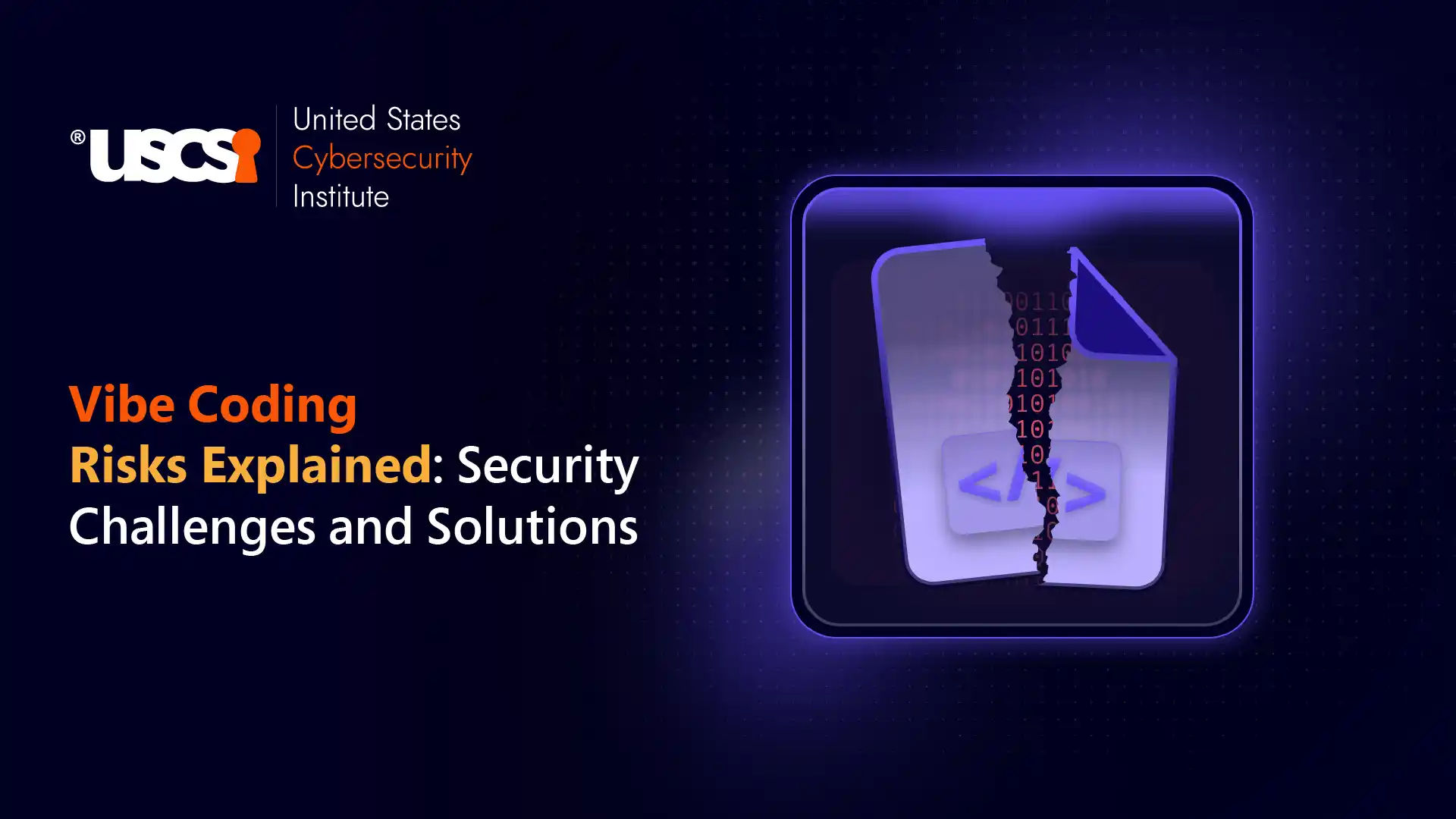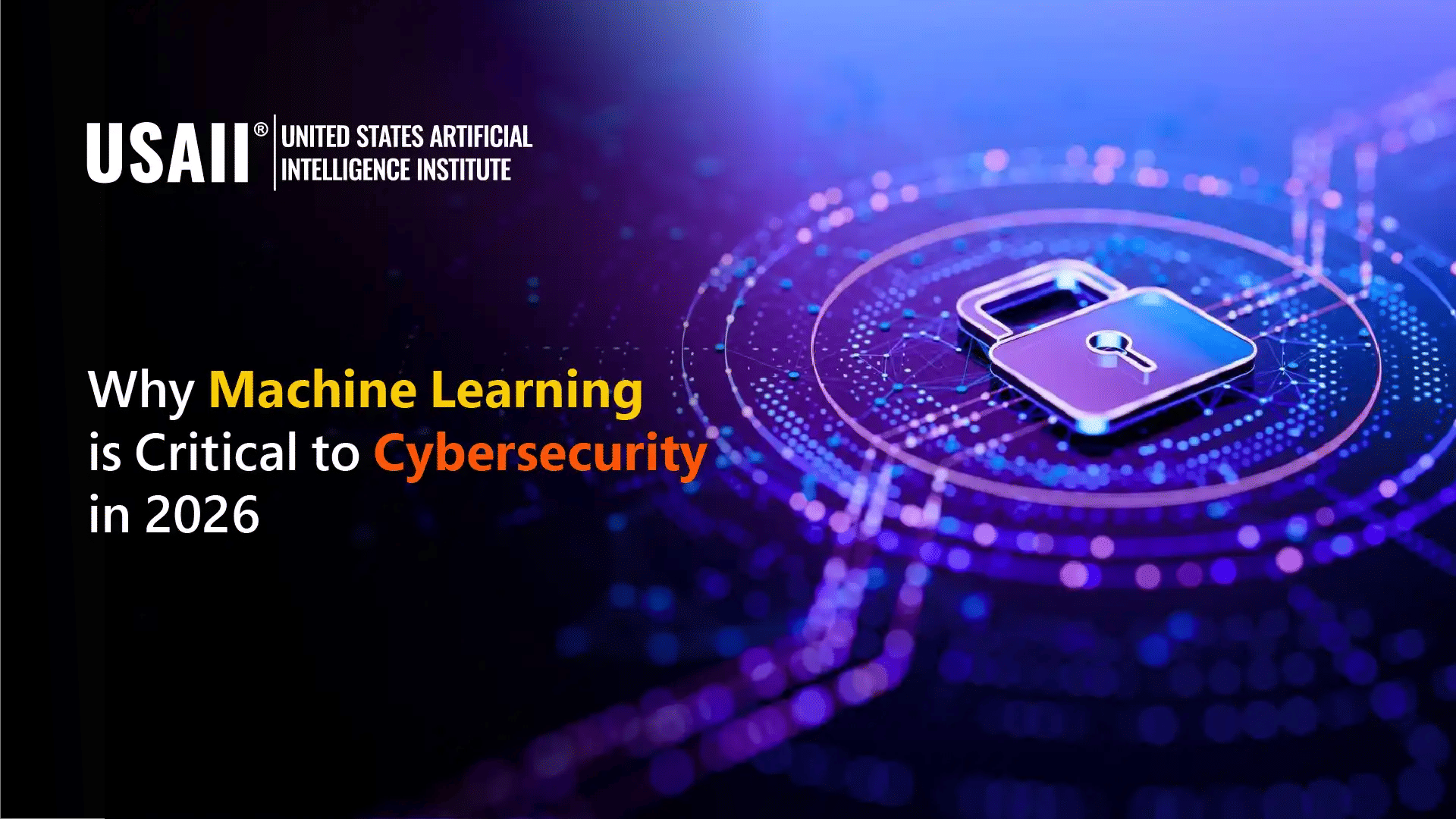

Benefits And Challenges of Implementing Cybersecurity Automation
The threats posed by cybercriminals are increasing every day with the evolution of the digital landscape and advancement in technologies. Today attackers adopt more sophisticated and innovative ways and attacks are more widespread and relentless than in previous generations.
Manual checks on different kinds of cyber threats are effective but exhaustive and not so efficient. There are chances of human error and it becomes difficult for the traditional methods to keep pace with the ever-evolving threat landscape.
This is where cybersecurity automation comes into play and serves as a powerful method to fight against cybercrimes 24*7. Markets and Markets estimates that the global security automation market size is expected to reach $16.7 billion by 2028 exhibiting a CAGR of 13.4%.
Human limitations in the cybersecurity world
Before we explore the benefits and challenges of cybersecurity automation, it is wise to first explore the limitations of human cybersecurity professionals in mitigating cybersecurity risks, and what led to the need for cybersecurity automation.
According to an IBM Security report, the average cost of a data breach in 2023 was $4.35 million a record high. This staggering number highlights what financial impact cyber-attacks can have on an organization.
Organizations that rely solely on human analysts to monitor complex security systems are overwhelmed by the huge amount of data generated by networks and endpoints and managing and responding to cyberthreats is becoming challenging.
Manual tasks that include log analysis, vulnerability scanning, and user activity monitoring are not just time-consuming but also lead to human error.
What is Cybersecurity automation?
So, cybersecurity automation refers to the process of application of technology to automate different kinds of repetitive and time-consuming security tasks. By leveraging cybersecurity automation, cybersecurity professionals can focus on more strategic tasks such as threat hunting and incident response.
Here are some of the important areas of cybersecurity where automation can be of great help
- Security Information and Event Management (SIEM) and Security Orchestration, Automation, and Response (SOAR)
These refer to the platforms that aggregate security data from different sources, analyze them for suspicious activities, and automate pre-set responses.
- Vulnerability Scanning and Patch Management
With the help of cybersecurity automation tools, organizations can continuously scan systems for vulnerabilities and automatically deploy patches in real-time. This helps to minimize the window of opportunities for attackers.
- Threat Detection and Response
Automation can also help with the analysis of network traffic and user behavior for suspicious activities. And thus, it can flag them as anomalies and trigger alerts for security teams to contain the attack.
- User Activity Monitoring and Identity and Access Management (IAM)
User access controls and monitoring activities can be automated which will help to detect unauthorized access attempts and prevent insider threats.
Benefits of Cybersecurity Automation
Here are some ways in which implementing cybersecurity automation can help organizations strengthen their security efforts.
- Increased Efficiency and Reduced Workload
Automation helps to free us cybersecurity professionals from doing repetitive and mundane tasks and helps them focus on other important cybersecurity jobs. According to a recent McAfee report, cybersecurity automation can reduce security operations workload by up to 86%.
- Better Accuracy and Consistency
Since automated processes are pre-programmed, they are less prone to human error and ensure consistent and reliable security measures.
- Faster Threat Detection and Response
Cybersecurity automation tools help with real-time analysis of security data and assist in immediate threat response thus minimizing potential damage.
- Enhanced Scalability and Cost Reduction
Automation tools are capable of effectively handling growing amounts of security data. This leads to a significant reduction in the need for additional security personnel, ultimately reducing costs.
Challenges to Implementing Cybersecurity Automation
Though cybersecurity automation can significantly help boost an organization’s security measures, there are some challenges that need to be addressed for its successful implementation:
- Skill Gap: Organizations may need more expert cybersecurity professionals and may require training their existing cybersecurity teams with the latest cybersecurity skills and knowledge to manage, configure, and troubleshoot automation tools.
- False Positives and Alert Fatigue: Automated systems may generate huge numbers of alerts out of which many can be false positives. So, security teams need to develop strategies to filter and prioritize alerts to avoid being overwhelmed.
- Complex Integration Process: Since implementing cybersecurity automation requires the integration of different automation tools, and that too from different vendors, the process becomes quite complex and needs careful planning.
- Security Risks: Though automation is done to strengthen cybersecurity measures, sometimes the automation tools themselves can introduce new vulnerabilities if not implemented properly.
Top Cybersecurity Automation Tools
Organizations looking to optimize their cybersecurity efforts can take the help of the following top-rated cybersecurity automation platforms and cybersecurity automation tools:
- Nmap: An open-source network scanner used to discover devices and services on a computer network.
- Wireshark: A free network protocol analyzer that captures and inspects network traffic for troubleshooting and security purposes.
- Metasploit: A powerful open-source penetration testing framework that helps identify vulnerabilities and exploit them ethically.
- Aircrack-ng: A suite of tools for assessing WiFi network security by auditing encryption strength and potentially cracking weak passwords.
- Hashcat: A fast and powerful password-cracking tool used to recover passwords from various hashes.
- Burp Suite: An integrated platform for ethical hackers to perform web application security testing and identify vulnerabilities.
- Nessus Professional: A commercial vulnerability scanner that scans systems for weaknesses and recommends remediation steps.
- Snort: A free and open-source intrusion detection system (IDS) that monitors network traffic for malicious activity.
- Intruder: A Burp Suite extension for testing web application vulnerabilities by sending modified HTTP requests.
- Kali Linux: An open-source operating system specifically designed for penetration testing, containing hundreds of security tools like the ones listed above.
Future Scope of Cybersecurity Automation
The future of cybersecurity will constitute a collaborative effort between human cybersecurity experts and machine automation. While automation will handle the heavy lifting job of repetitive and real-time tasks, cybersecurity professionals will be more occupied in tasks like:
- Threat hunting
- Security architecture designing
- Security awareness and training
- Oversight and governance, etc.
As technology evolves, the interaction between man and machine in the field of cybersecurity will also evolve continuously.
If you are looking to get into a Cybersecurity career, it is highly recommended to master security automation and other cybersecurity skills and validate them with top cybersecurity certifications.
Conclusion
Cybersecurity automation is not a silver bullet, however, is a very powerful tool to fight against new and evolving kinds of cyber threats. Organizations by understanding their benefits and challenges in implementation, can plan strategically on their integration to strengthen cybersecurity measures.





